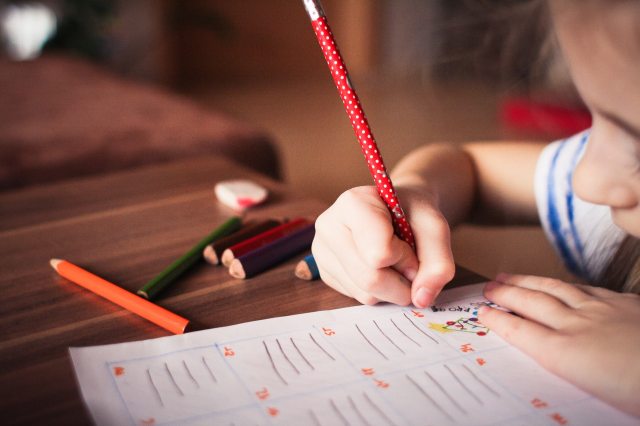Let’s start with the obvious. Parenting is not easy. Especially in our 24-7 world that churns at the relentless, unforgiving pace of our handheld devices. It makes getting a meal on the table seem like a small victory.
One of the most powerful frameworks for parents to lean on is the three unique strategies of Habits-Routines-Rituals. Each of these three elements play a key role in bringing sanity and a sense of purpose to our fragmented days.
To make the Habits-Routines-Rituals framework both understandable and actionable, let’s start by exploring the daily bedtime traditions that we utilize (or have utilized) with our little ones.
It starts with the habit of teeth brushing. A habit is an action we do in an effortless and almost-automatic way. Once established, a habit requires little or no conscious thought. But let’s not kid ourselves. Habit formation with our little ones takes patience and perseverance. For parents, until the teeth brushing habit is established, bedtime can feel like a teeth-pulling experience. It is truly a magical moment when we remind our kid to brush their teeth and they reply . . . “I already did!”
Next is the bedtime routine. It’s one thing to turn teeth brushing into a habit but as our children get older, we try to establish a bedtime routine that may include a range of activities. For our kids we actually had a check-off list that was posted on their bulletin board:
- Pick up room
- Put on jammies
- Lay out tomorrow’s clothes
- Pack school bag
- Wash up & brush teeth
Think of routines as a regular way of doing things in a particular order. A routine requires more intention and effort than a “habit” because it involves multiple activities that are grouped together. However, completing the entire routine can give our kids a sense of accomplishment (while enhancing their organization skills).
The final element is the ritual. A ritual is a routine that has a special significance and meaning. We slow down for rituals. For bedtime, the story we read together becomes the well-deserved reward for completing the bedtime routine. We are now ready to put a special end to the day by reading a favorite book together.
Instead of treating story time as part of a “checklist” (just getting through it)—we bring a special emotion and attentiveness to it. It feels like a ritual—one that will hold a special place in our child’s memories.
I want to give a special plug to the importance of rituals in establishing a rich family life. The opportunities are boundless. Traditions like taking a picture on the first day of school; carving pumpkins on Halloween; and Thanksgiving gratitude practices help children to fully experience family time.
The cool thing is that you don’t always have to consciously create these rituals because your family is naturally developing them. Whether it’s Sunday morning pancakes, bedtime blessings, or the unique way you celebrate birthdays, new traditions are always emerging. Just add appropriate amounts of love.
You get the idea. Like the bedtime example above habits, routines and rituals can bring some needed structure and meaning to our go-go days. Below I created a simple chart that highlights the natural progression for fully leveraging this simple framework as our kids grow into their teen years. We only pass this way once, so enjoy the journey!
Habits
“Almost Automatic”
Routines
“A regular way of doing things”
Rituals
“A routine with meaning”
Pre-Schoolers
- Please & thank you
- Brushing teeth
- Bedtime checklist
- Simple chores
- Bedtime story
- Holiday celebrations
Grade School
- Clean-up after oneself
- Table manners
- Organizing bedroom
- Managing Homework
- Family reading time
- After-school walk with mom
Teens
- Active listening
- Healthy eating choices
- Self-managing school activities
- Responsibility area (pet care, gardens, etc.)
- Dinner -time gratitude expressions
- “Skip school & ski with dad day”











